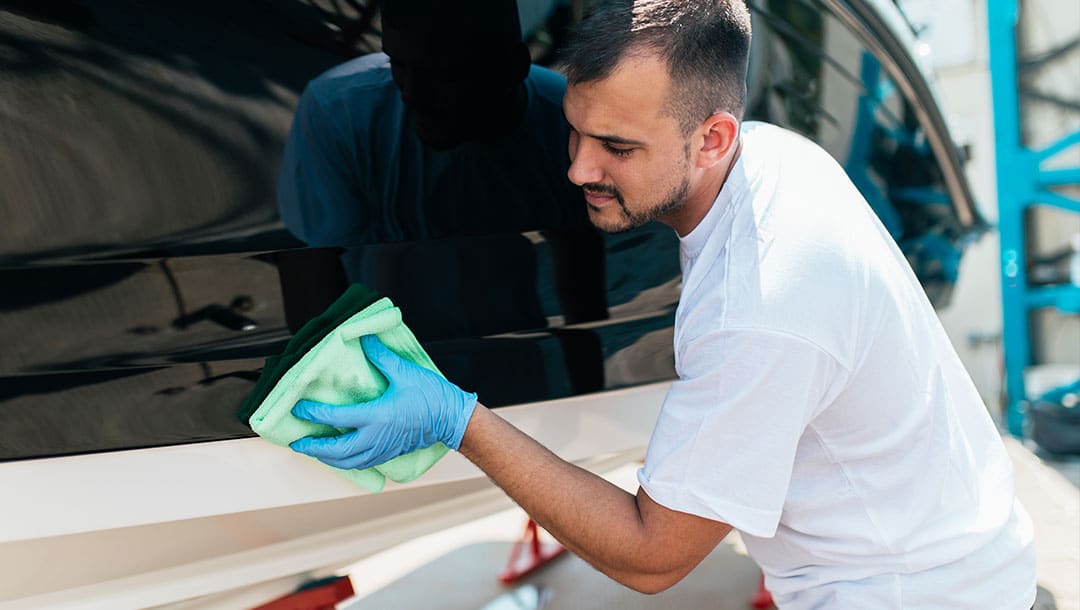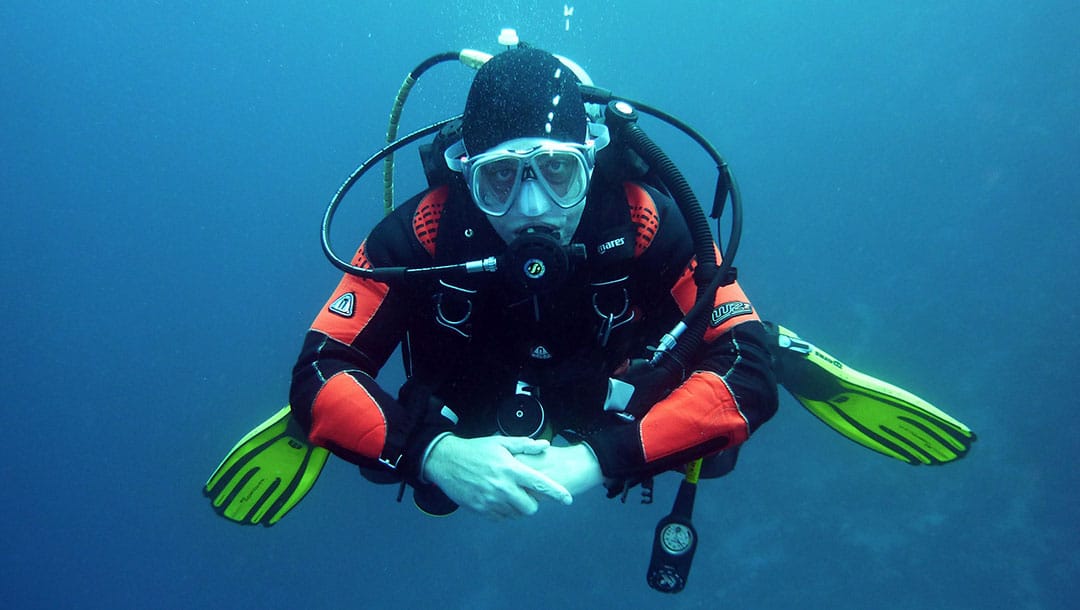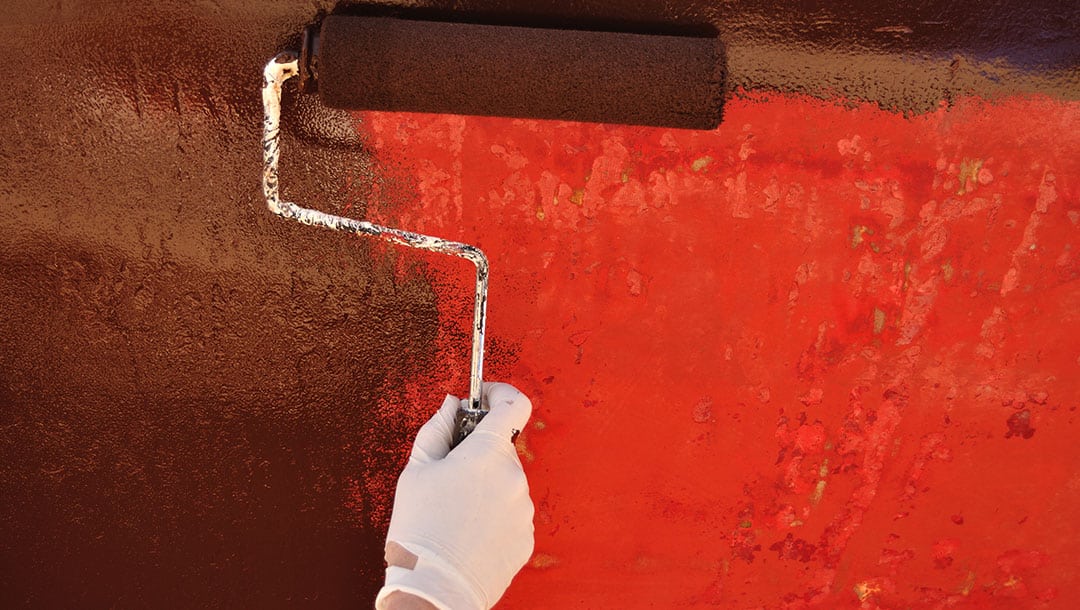How does ultrasonic antifouling work?
Ultrasonic antifouling is a non-chemical antifouling that has been around for over a decade in the marine industry, predominantly for use on GRP and metal boat hulls. It uses high frequency sound waves (undetectable by humans) to cause vibrations across the boat’s hull. The sound waves that create the vibrations are emitted by transducers attached to the inside of the boat hull, these are attached to a control unit that uses either solar power or shore power.
The vibrations caused by these ultrasonic waves create microcurrents around the hull which prevent weed growth (microscopic biofouling such as algae and other small marine life) which then prevents the attachment of larger organisms further up the food chain, such as mussels and barnacles. It is the larger marine life that really impacts boat performance and fuel consumption when left to accumulate.
You can read more about how ultrasonic antifouling works to maintain a clean hull on our blog or in our product brochure.
What boat maintenance will still be required alongside ultrasonic antifouling?
Although our ultrasonic antifouling devices can work as a stand alone antifouling option, many customers like to use them alongside a hard antifouling paint. This reduces the maintenance whilst further reducing the likelihood of marine life attaching to your hull.
Our ultrasonic antifouling system significantly reduces algal growth, but no antifouling method is 100% effective and therefore there is still some maintenance to be done to ensure you do not have excessive growth impacting your boat’s performance and fuel consumption.
Do you still need to take my boat out of the water when using ultrasonic antifouling?
Haul outs will still be required as you will still need to check the underside of your boat but nowhere near as regularly as with using old antifouling methods, plus, the annual slog of removing and reapplying antifouling can be a thing of the past.
Here are a few tasks you will still need to do to help maintain optimal performance for your vessel.
Boat hull cleaning
Any excess algal growth will need to be cleaned off, a job that is best done on dry land to prevent the pollution of ports and harbours with chemicals found in any antifouling paint. If you have opted for the use of just an ultrasonic system alone you may opt for in-water hull cleaning, although you will likely need access professional diving equipment to carry this out.
Assessing the positioning of the ultrasonic systems
If you find you have a large amount of growth in certain areas of your hull it may be that your ultrasonic transducers are not placed correctly.
Additionally you may need an additional system for the size of your boat, larger boats and catamarans require multiple transducers in order to have adequate bio foul protection across the hull. Ships and commercial vessels may also opt for transducers on hard-to-reach areas such as sea chests, stern gear and cooling systems.
If you are in any doubt about which ultrasonic antifouling kit is right for your boat then please get in contact with our team who will be more than happy to help.
Reapplication of antifouling paint
Ultrasonic antifouling will hugely reduce the amount of biofouling on your boat. However, if you opt to use EFC’s ultrasonic antifouling in combination with a hard antifouling paint then you will need to recoat with the same antifouling paint every three to five years.
Benefits of using our ultrasonic antifouling systems
What exactly are the benefits of using ultrasonic antifouling if you are still going to have to apply antifouling paint to your boat’s hull?
- Ultrasonic antifouling can improve the lifetime of the antifouling paint meaning that your annual reapplication is no longer needed and the job of sanding and reapplying antifouling paint can be done just once every three to five years instead.
- The less frequent application of antifouling paint means a reduction in the use of harmful chemicals that can impact the health of the boat owners sanding and reapplying antifouling paints but also the health of the marine environment, making it a much more environmentally friendly option.
- The reduced use of antifouling paint also means a reduced maintenance schedule and cost, saving the boat owner significant time and money.




